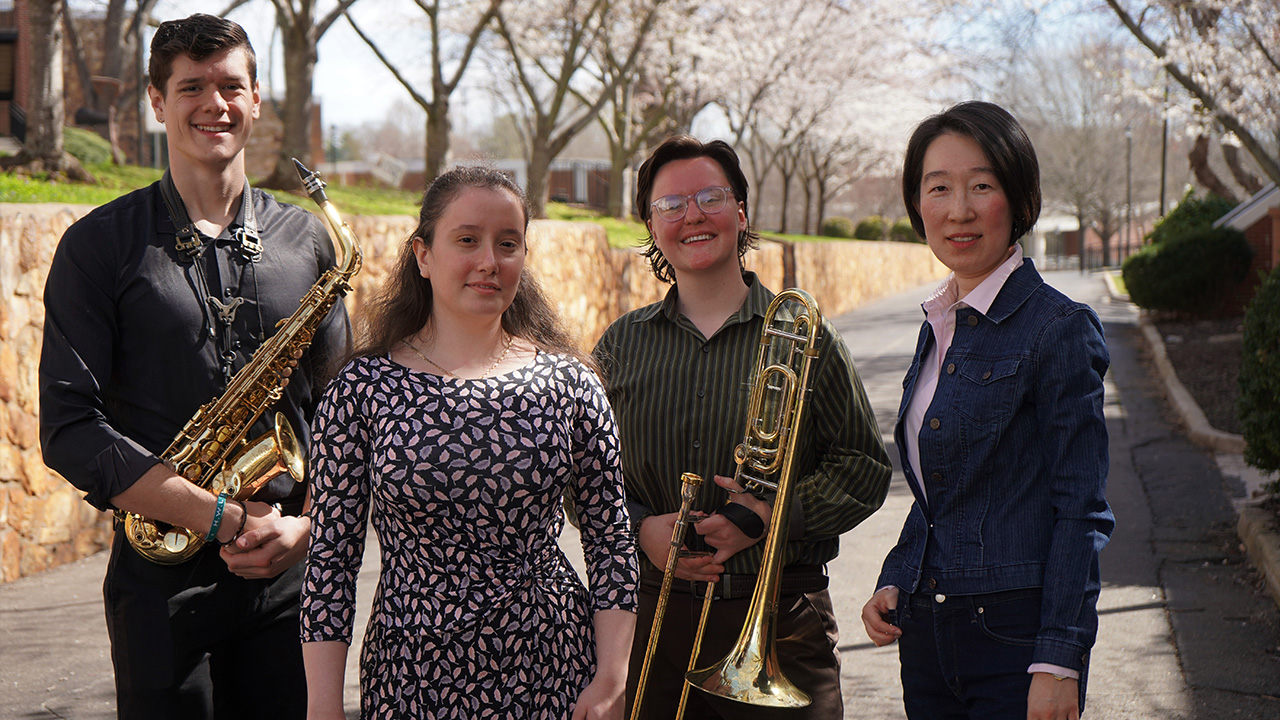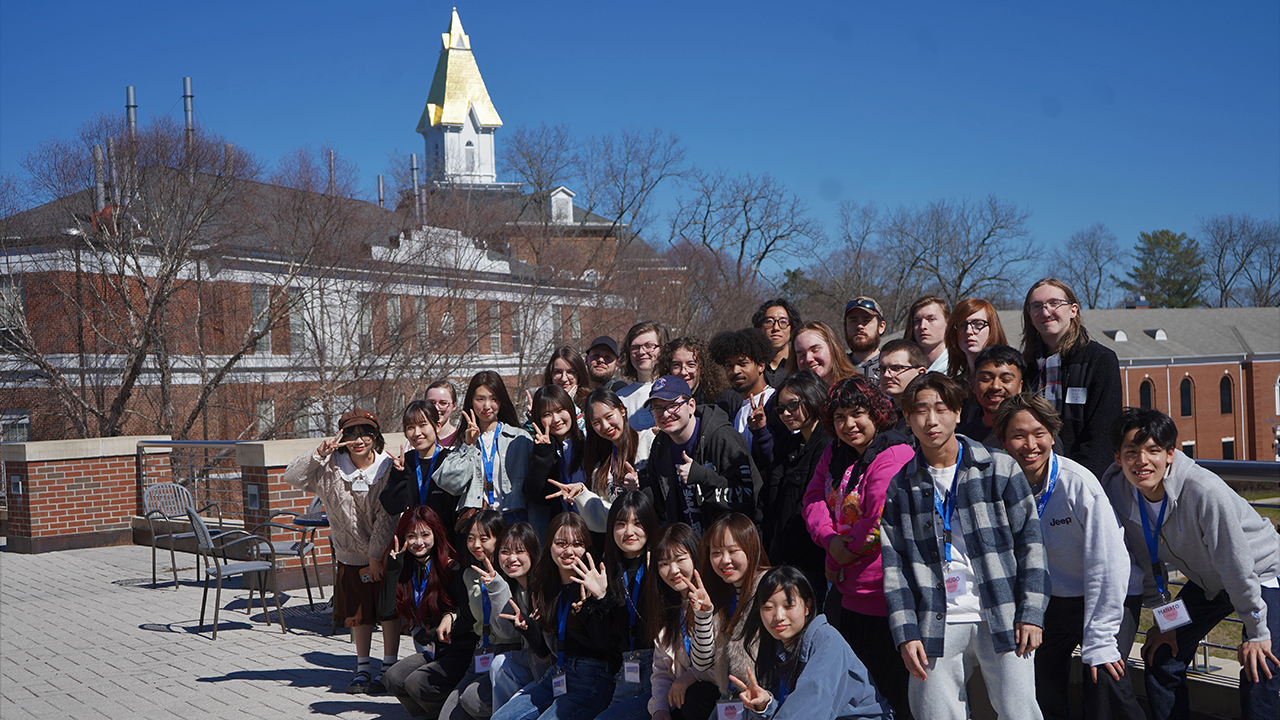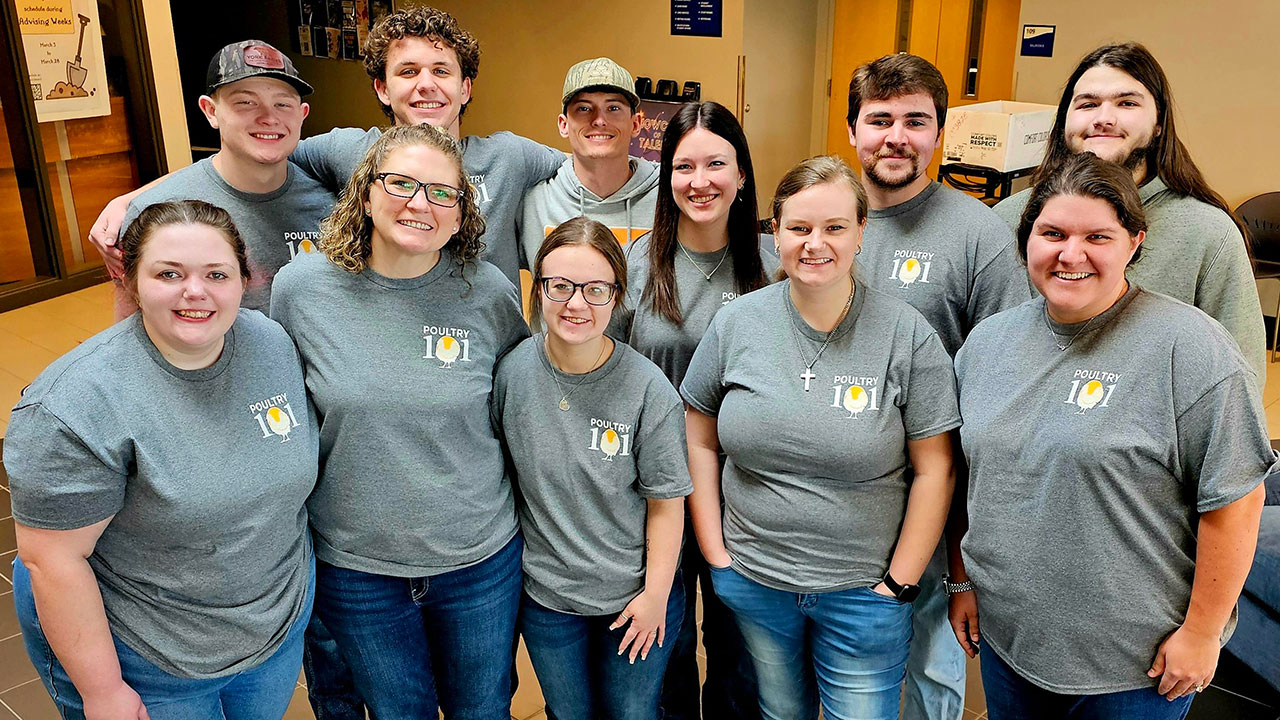MakerBot Innovation Center helps faculty and future entrepreneurs

Article By: Staff
This summer, University of North Georgia (UNG) faculty member Dr. Jessica "Jess" Hartel was teaching a class about primates when she wanted to incorporate specimens to allow students to compare the species' differences. There was one problem, the biology department did not have a collection of primate skulls.
Hartel, lecturer of biology at UNG, considered ordering
Mehlferber and Hartel devised a plan to use the center's 3D printers to replicate many primate skulls that cost less than ordering casts online. In fact, the most expensive print cost only $20 for the plastic material the 3D printers use.
"We had to get permission from the Smithsonian Institution to use their digital scans to create the skulls, and then we were able to make the primate skulls for Dr. Hartel," Mehlferber said.
Hartel was thrilled.
"My initial thought was, 'This was 3D printed?'" she said. "I was standing about a foot away, and at first
Now in its fourth semester, the MakerBot Innovation Center has 32 single-color 3D printers at UNG's Dahlonega Campus. In addition, UNG's Gainesville Campus has a dozen more 3D printers.
Mehlferber said 3D printing is the next wave of the future.
| Transcript |
"One day, you may be able to build a house in 24 hours," he said. "Or you could print with biological materials and build functioning organs such as livers and kidneys."
UNG's incorporation of 3D printers started with a Presidential Incentive Award allocated by UNG President Bonita Jacobs. In 2013, Mehlferber, Technology Integration Assistant Director Enes Aganovic and former UNG faculty members from the physical therapy department, Alison
The group, along with UNG graduate students, invented several devices to allow children with disabilities to pedal and steer a bicycle with minimal assistance from adults. Created by a 3D printer, the devices' prices were nominal.
"If they were traditionally made by an
Realizing the different applications for a 3D printer, Mehlferber approached administrators about purchasing more. Funds from the university were followed by grants and then the MakerBot company established one of its innovation centers on the Dahlonega Campus in 2017.
MakerBot is a global leader in desktop 3D printing. Fourteen centers are located across the country, but UNG's lab is the only one in Georgia.
Since its establishment, the MakerBot Innovation Center has created more than 500 objects, including multiple skulls and hands for Hartel's biology classes.
Biology is not the only department benefiting from the MakerBot Innovation Center. Students from UNG's Center for Entrepreneurship and Innovation in the Mike Cottrell College of Business, including Jacob Mahaffey, Justin Maxwell, and Blake Morgan, are utilizing the 3D printers.
The three seniors designed a piece of musical equipment for a class project. They were then tasked with devising a plan to market it to customers, define who the customer was, develop a financial plan, and launch it as a viable business.
While conducting research, the business majors learned it was tough to explain their product. Dr. Ruben Boling, director for the Center for Entrepreneurship and Innovation, directed Mahaffey and Maxwell to the MakerBot lab. There, the three paired up with visual arts students to print a small prototype. It was a game-changer.
"We had an idea in our heads, and now it was an item we could see and feel," Mahaffey said.
It also helped the students refine the product. They could spot functional problems, find solutions and fix them on the computer screen.
The end result was a prototype so well-defined that Mahaffey, Maxwell, and Morgan hope to submit it for a patent. They can barely believe the technology to accomplish this was readily available to them.
"I heard about 3D printing but had no idea UNG had a place to print it," Mahaffey said. "That was really neat to know that was available. I could definitely see other applications, especially in the business realm."



